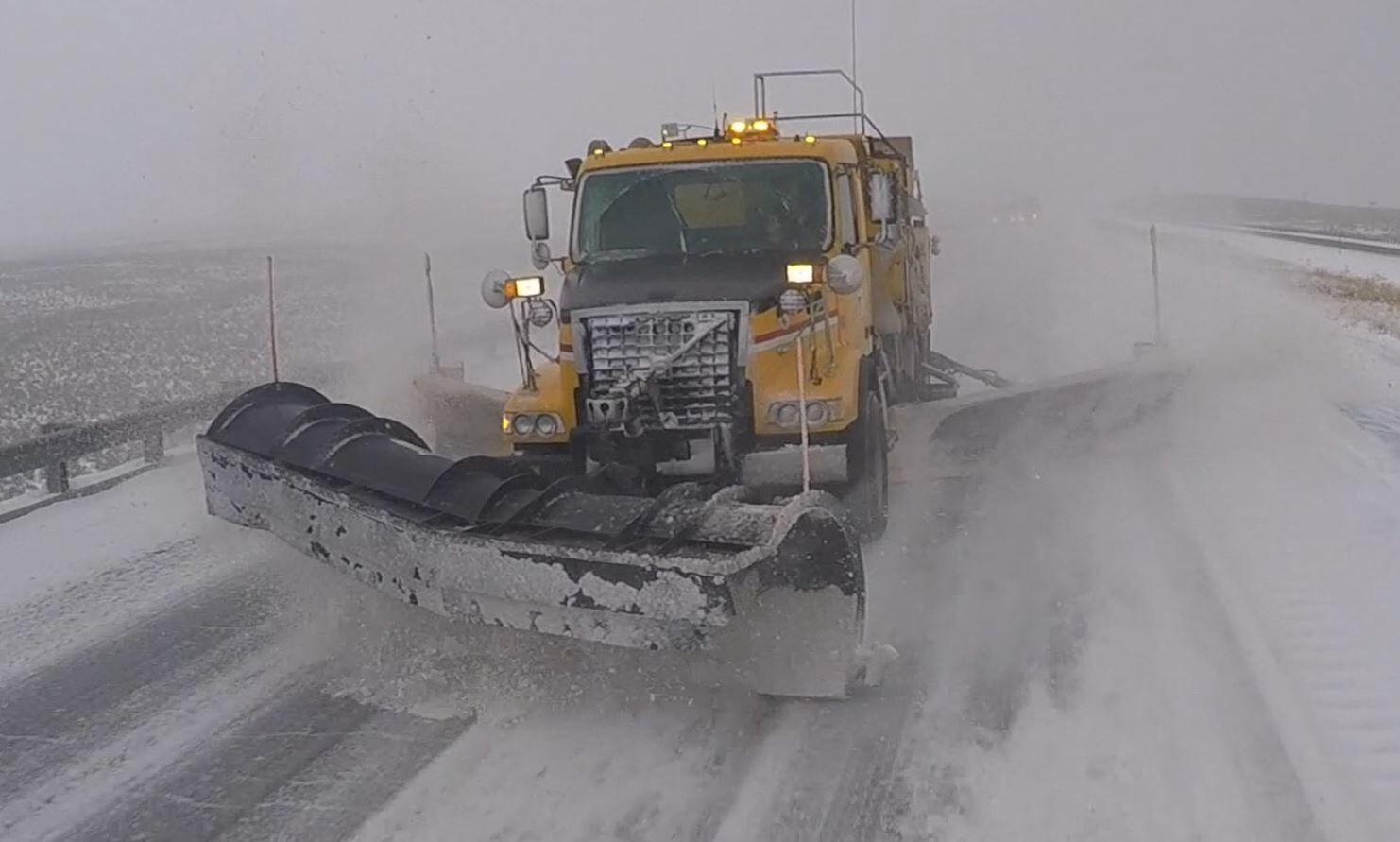Reprieve For Deer Herds
Published 12:25 pm Friday, January 18, 2019

- Jayson Jacoby/Baker City HeraldMule deer buck
The south-facing slopes of sagebrush, gray-brown in a season better known for glittering white, are a symbol of hope for some of Northeastern Oregon’s beleaguered mule deer herds.
Trending
The scarcity of snow, especially at lower elevation sites that serve as traditional winter range for deer, is reason to be optimistic that the animals will continue to recover from the harsh winter of 2016-17, said Brian Ratliff, district wildlife biologist at the Oregon Department of Fish and Wildlife’s (ODFW) Baker City office.
“About 90 percent of the winter range is snow-free” in parts of Baker County, Ratliff said Tuesday. “It’s been a pretty easy winter so far.”
And if the moderate trend continues until spring, this will be the second consecutive such winter.
Trending
That would amount to a respite for deer, which suffered major losses during the winter of 2016-17.
Hundreds of deer died, with the most severe effects in Baker and Union counties. In response, the Oregon Fish and Wildlife Commission cut hunting tags by 50 percent in Baker County’s four units, and by 35 percent in some Union County units, for 2017 and 2018.
Deer fared somewhat better in Wallowa County.
Decimated herds started to recover in 2017, but the process, even with benign winters, takes more than a couple of years, Ratliff said.
During the spring of 2017, in the first deer herd census after the hard winter, ODFW biologists counted 9 fawns per 100 adult deer in Baker County, Ratliff said.
That ratio improved to 45 fawns per 100 adult does by the fall of 2017, and fawn survival during the 2017-18 winter was strong.
This past fall the fawn ratio was 50 per 100 does, slightly above average and evidence that Baker County herds continue to rebound.
(The spring census tallies fawns per 100 adults, rather than per 100 does, because in the spring the bucks haven’t grown antlers and so can’t be distinguished from does.)
A certain number of fawns die every year regardless of the severity of the winter, Ratliff said.
Predators such as coyotes, cougars and wolves kill some.
And fawns are even susceptible to an early spring that causes a lush crop of grass to sprout, he said.
Fawns, which have been subsisting on meager diet during winter, can come down with scours, a potentially fatal intestinal affliction, if they start gorging on the comparatively rich new grass.
Union County
If the weather trends continue, with relatively little snow and no extended periods of frigid temperatures, deer survival should be good, said Leonard Erickson, wildlife biologist at ODFW’s La Grande office.
“Any deer that came into the winter in normal or better condition should be fine,” Erickson said. “We will have some mortality, but I would expect most deer to be able to get through this winter.”
Erickson said one negative part of the equation is that, because of the dry fall, there wasn’t much green grass available for deer to fatten up on before temperatures dropped and snow fell.
That fall green up can help deer pack on the fat reserves that help sustain them through the winter, when their caloric intake drops at the same time they need to burn more calories to stay warm.
Wallowa County
The winter of 2016-17 didn’t have such dire effects on Wallowa County’s mule deer, but the county’s mule deer population was already relatively low before that winter, said Pat Matthews, supervising fish and wildlife biologist at ODFW’s Enterprise office.
“We come into the winter with so few fawns any more, it isn’t even the winter (that’s limiting the overall population),” Matthews said.
He said the fawn to doe ratio across the county was 42 to 100 last fall, which is “not very good.”
The ratios ranged from a low of 32 fawns per 100 does in the Minam Unit to a high of 59 per 100 in the Wenaha Unit.
Deer are in good condition, however, he said, thanks in part to the mild weather.
“We’ve had some cold weather and snow, but on a lot of our winter ranges the south slopes have been bare quite a bit,” he said.
Matthews said that although mule deer are struggling in Wallowa County, their white-tailed cousins are thriving.
White-tailed deer are expanding their range from the Wallowa Valley, where the prevalence of homes and farms helps protect the animals from predators, to other parts of the county, Matthews said.
He said white-tailed deer seem to be better able to endure both harsh weather and threats from predators compared with mule deer.
“When it comes to winter conditions, whitetails will just hold on,” Matthews said.









